Death in hospital following ICU discharge: insights from the LUNG SAFE study, Critical Care
Por um escritor misterioso
Descrição
Background To determine the frequency of, and factors associated with, death in hospital following ICU discharge to the ward. Methods The Large observational study to UNderstand the Global impact of Severe Acute respiratory FailurE study was an international, multicenter, prospective cohort study of patients with severe respiratory failure, conducted across 459 ICUs from 50 countries globally. This study aimed to understand the frequency and factors associated with death in hospital in patients who survived their ICU stay. We examined outcomes in the subpopulation discharged with no limitations of life sustaining treatments (‘treatment limitations’), and the subpopulations with treatment limitations. Results 2186 (94%) patients with no treatment limitations discharged from ICU survived, while 142 (6%) died in hospital. 118 (61%) of patients with treatment limitations survived while 77 (39%) patients died in hospital. Patients without treatment limitations that died in hospital after ICU discharge were older, more likely to have COPD, immunocompromise or chronic renal failure, less likely to have trauma as a risk factor for ARDS. Patients that died post ICU discharge were less likely to receive neuromuscular blockade, or to receive any adjunctive measure, and had a higher pre- ICU discharge non-pulmonary SOFA score. A similar pattern was seen in patients with treatment limitations that died in hospital following ICU discharge. Conclusions A significant proportion of patients die in hospital following discharge from ICU, with higher mortality in patients with limitations of life-sustaining treatments in place. Non-survivors had higher systemic illness severity scores at ICU discharge than survivors. Trial Registration: ClinicalTrials.gov NCT02010073 .
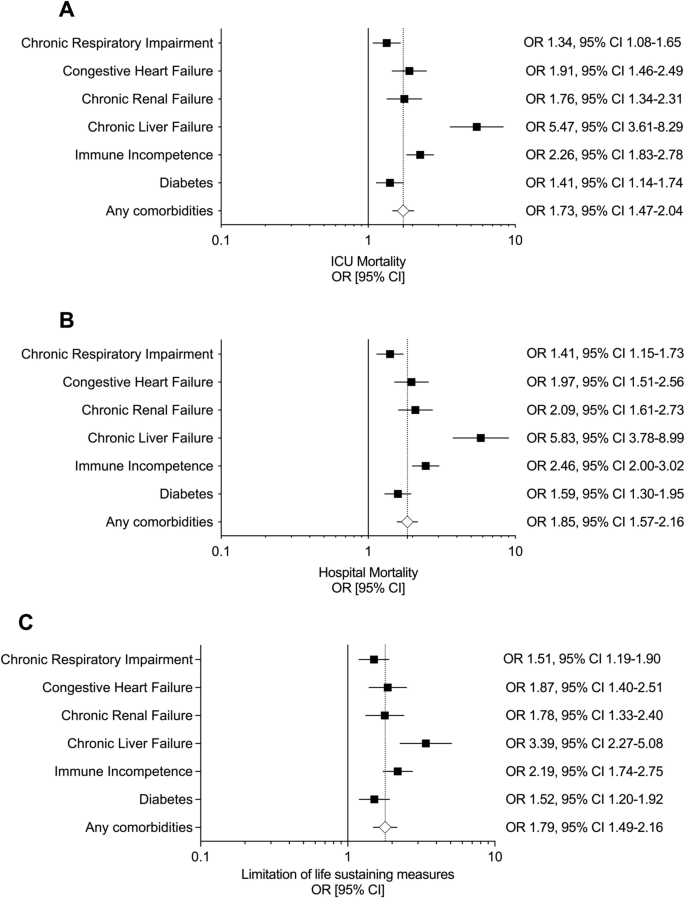
Presence of comorbidities alters management and worsens outcome of patients with acute respiratory distress syndrome: insights from the LUNG SAFE study, Annals of Intensive Care
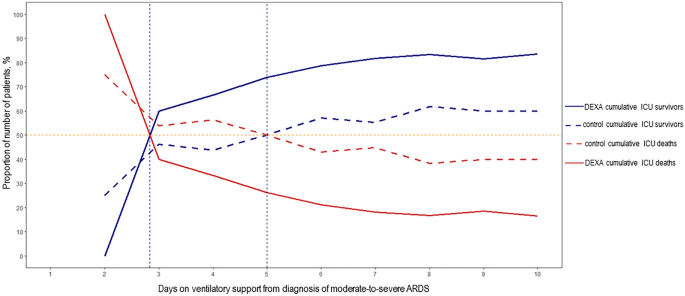
Clinical relevance of timing of assessment of ICU mortality in patients with moderate-to-severe Acute Respiratory Distress Syndrome
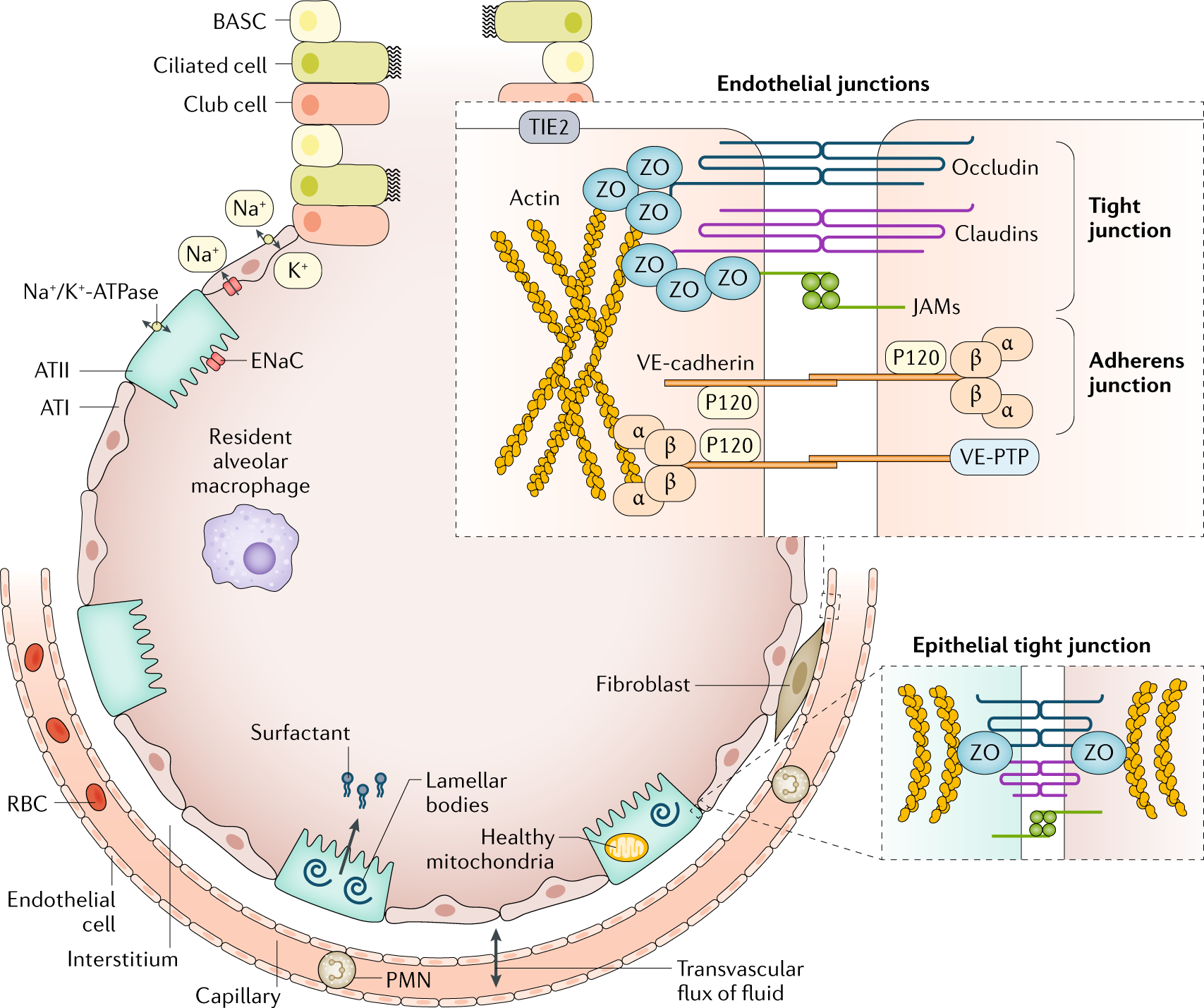
Acute respiratory distress syndrome
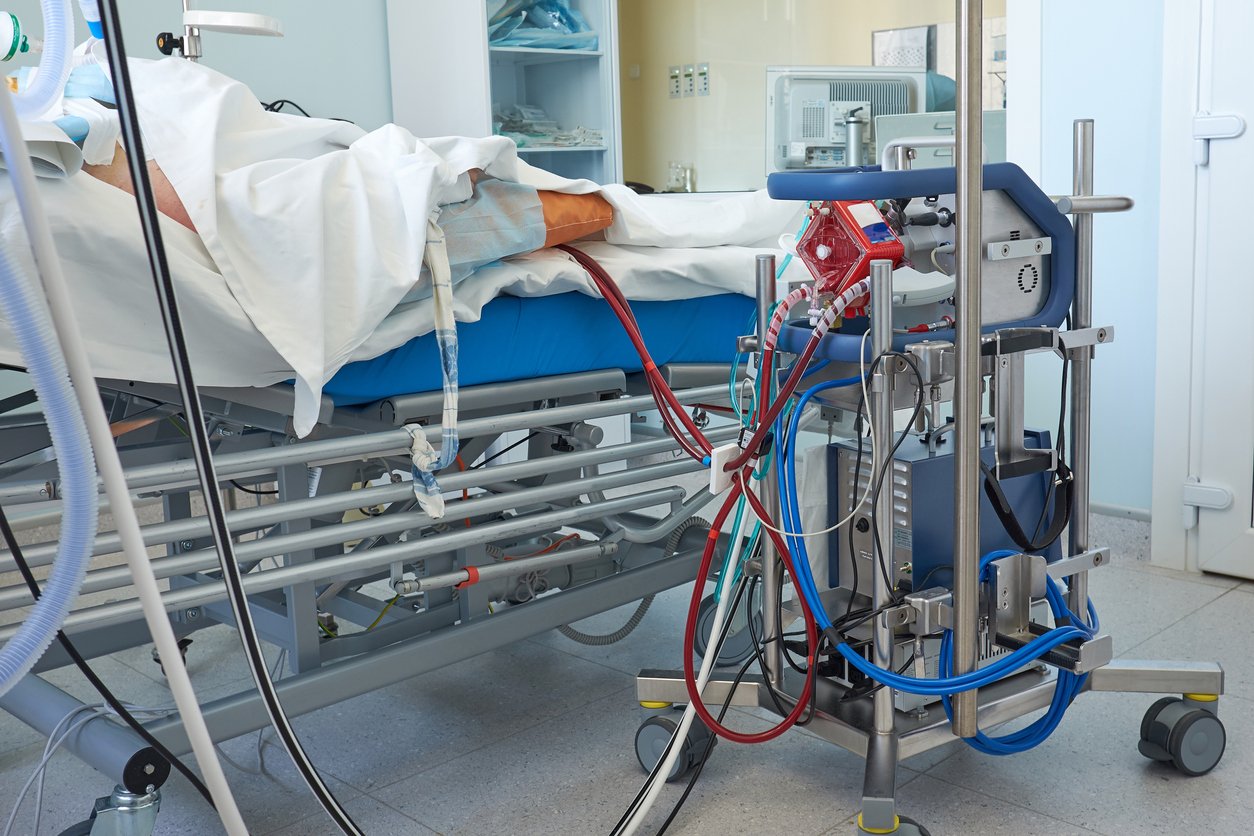
Critical Care ECMO Series: Introduction to ECMO EMRA

Left ventricular electromechanical dyssynchrony and mortality in cardiothoracic intensive care – topic of research paper in Health sciences. Download scholarly article PDF and read for free on CyberLeninka open science hub.

PDF) Very Early Passive Cycling Exercise in Mechanically Ventilated Critically Ill Patients: Physiological and Safety Aspects - A Case Series
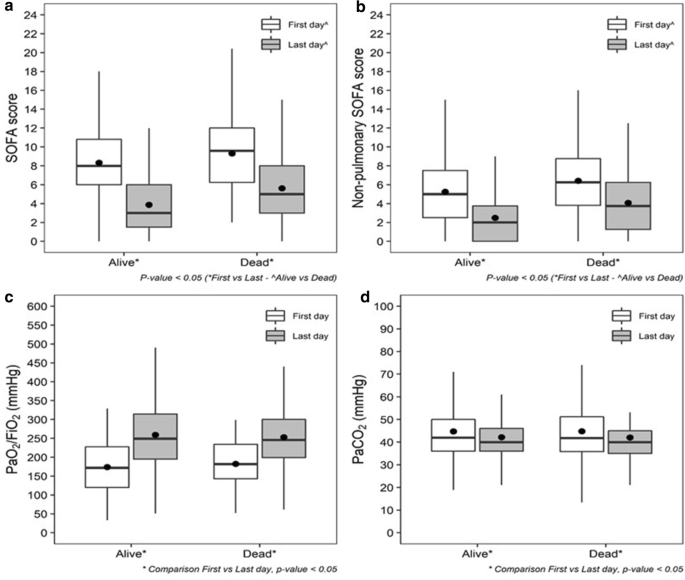
Death in hospital following ICU discharge: insights from the LUNG SAFE study, Critical Care

Prognostic factors associated with mortality risk and disease progression in 639 critically ill patients with COVID-19 in Europe: Initial report of the international RISC-19-ICU prospective observational cohort - eClinicalMedicine
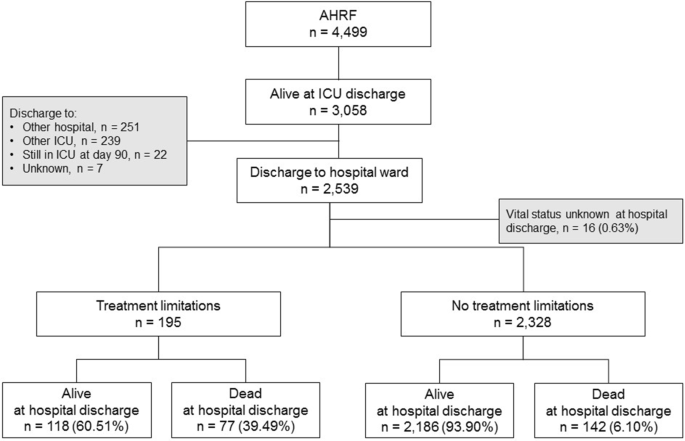
Death in hospital following ICU discharge: insights from the LUNG SAFE study, Critical Care

Outcomes after Critical Illness
de
por adulto (o preço varia de acordo com o tamanho do grupo)






